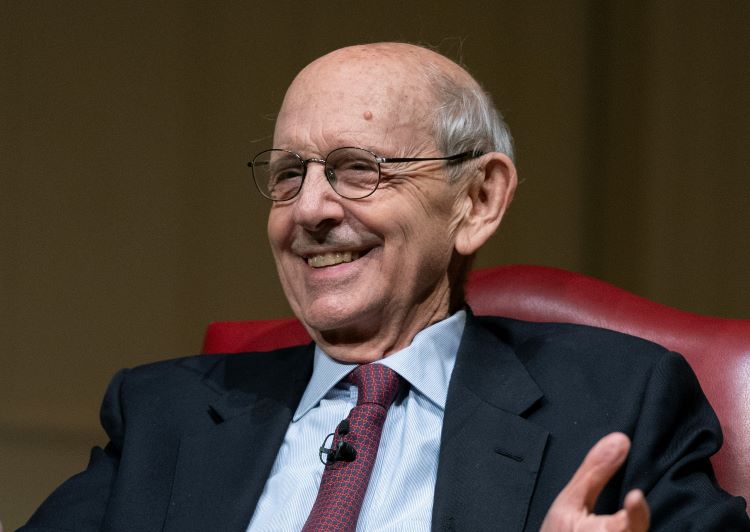Youth tackle football faces litigation over head injuries, along with proposals to ban the sport altogether
A 2016 study reported that more than 6 percent of hits taken by 9- to 11-year-olds were high magnitude—meaning more than 40 times the gravitational pull—or above, most occurring during practice. “That’s like someone punching you in the head. If someone did that to a kid, their parents would be outraged,” Sente says.
However, the controversial proposals were pulled or killed in California, Illinois and Maryland. In New York, where a ban was first proposed in 2013, the bill that could impose charges of $2,000 to any school or youth league allowing tackle remains in committee. In New Jersey, a proposal to prohibit children younger than 12 from participating in youth tackle football was introduced in April.
“We believe it’s not the government’s role but the parents’ in determining if a child should play football or any other sport for that matter,” says Brian Heffron, spokesman for Pop Warner, which provides tackle and flag football teams. “Significantly more play tackle than flag,” he says.
“It makes great headlines to say, ‘Let’s ban youth football,’ ” says Francis X. Shen, executive director of education and outreach for the MacArthur Foundation Research Network on Law and Neuroscience and an associate professor at the University of Minnesota Law School. “But the issues are more complex than that.”
“There are concussions in every sport—gymnastics, cheerleading, soccer, lacrosse,” says Hosea Harvey, associate professor at Temple University’s Beasley School of Law. “These proposals are using a hammer to solve a legitimate issue, but it’s imprecise and too big.”
Practicing protocols
In May 2009, Washington state passed the Zackery Lystedt Law, the first to mandate that youth players showing signs of concussion be removed from the field and cleared before they can play again. Lystedt-style laws typically mandate education for coaches, referees, players and parents, removing players with potential concussions from play and conducting specific protocols to approve their return to the field.
“If you don’t follow these protocols, you’re not legally liable,” says Shen, whose work focuses on the intersection of law and neuroscience. “One option for change might be making the laws that exist already have more consequences.”
However, the Washington Supreme Court moved toward that in 2017, ruling in Swank v. Christian Valley School that juries will decide whether coaches’ negligence in following the protocols would make them liable for a player’s death.
Shen proposes youth football self-regulate with state support. “You would need state funding to facilitate data sharing, such as how many coaches in the Pop Warner league have received their safety training,” he says.
Other youth contact sports have specific rules about brain health. For example, the American Youth Soccer Organization bans headers by anyone younger than 12. USA Rugby mandates that players 18 and younger who have had a concussion sit out two weeks and be symptom-free before beginning the five-day return-to-play protocols.
Safety measures
Over the past several years, Pop Warner has adjusted the rules for safety concerns. For example, the league mandated that all coaches receive more training while reducing contact drills to 25 percent of practice time and eliminating kickoffs.
“Datalys Institute’s research data show that Pop Warner rules and Heads-Up football training result in [an] injury rate that has 87 percent fewer injuries than non-Heads-Up/non-Pop Warner programs,” according to the organization’s website.
“We’ve worked with medical experts to make the game safer than it’s ever been in 90 years. That’s because of coaching education, more stringent rules and greater awareness of concussions. There’s been a change in the culture of youth football,” Heffron says. He would not comment on the ongoing litigation.
“Pop Warner is not engaging in self-regulation,” says Finnerty, who also worked for the NFL players’ settlement. “The NFL and Pop Warner are saying they are making every effort to reduce head trauma. It’s not true, even while they may be engaging in ad campaigns suggesting that.”
The civil suit—filed on behalf of those who played on Pop Warner tackle teams since 1997 and suffered brain injury or disease—claims negligence, fraud and fraudulent concealment on the part of the youth football league.
In February, U.S. District Judge Philip S. Gutierrez rejected a motion by Pop Warner to dismiss the case. A trial date has not been set.
“These mothers would like compensation for their losses, but more importantly they want to raise awareness for other parents about the long-term damage,” Finnerty says.
This article was published in the August 2018 ABA Journal magazine with the title "Hard Hitting: Youth tackle football faces litigation over head injuries, along with proposals to ban the sport altogether."



